How To Choose a DTF Transfer Printer
The ultimate Guide To Help You Choose a DTF Transfer Printer
DTF white ink heat transfer printer is a type of digital clothing printing machine, and one of its well-known applications is T-shirt heat transfer. At present, the clothing printing market and demand are still growing strongly. One of the main production methods in this market is DTF printing, which is completed using DTF printers. Choosing a truly suitable DTF printer is a direct factor in the success of the printing business, and it is also one of the most important parts of investing in the printing business and running a clothing printing store.
In order to help you choose the DTF equipment that is truly suitable for your printing business, the following will introduce:
- What is a DTF printer?
- Why choose to use DTF printer and what are the advantages of DTF printer?
- Important factors when choosing a DTF printer:
- Understand printing needs
- Important parts of DTF printer
- DTF printing supplies
- Print quality
- DTF printer price
- Manufacturer training, after-sales service and support
- What is a DTF white ink heat transfer printer? - Definition of DTF printer

Direct to film printer is the origin of DTF. It prints the design pattern directly onto the PET film, then evenly sprinkles the hot melt powder on the pattern, melts it at high temperature and then dries it. Finally, the PET film is cut, and the pattern is hot-pressed through a press. Attached to various types of clothing, the entire clothing printing process can be completed. Why do we focus on this method of clothing printing? This clothing printing method has continued to occupy the clothing printing market share since 2021 and has become one of the current mainstream clothing printing methods. According to search trends provided by GoogleTrends, DTFPrinter searches have been climbing since 2021. A large part of the reason for the popularity of DTF printers lies in its unique advantages: convenient printing method, short preparation cycle, fast printing speed, high production efficiency, and reliable output quality. Whether it is a need for batch printing in the peak season or a single customer who needs urgent customized clothing during the off-season, it can be easily completed.
Advantages of DTF printers
Compared with DTG printing, DTF printing does not require spraying pretreatment liquid and reduces the pretreatment process. Compared with screen printing, printing does not require many complicated steps such as plate making and film production. DTF printing only requires the use of drawing software to design the drawing in the early stage, and then follow the technical guidance video to operate the machine correctly to complete printing - dusting - drying - Just follow these few steps.
DTF printing can be washed and scratch-resistant. The wash color fastness reaches level 4-5. If it is a summer T-shirt, it can be worn for two years if washed three times a week.
Compared with DTG printing and sublimation printing, DTF printing can not only break through the limitations of the first two printing methods, but also can be widely used, such as: it can be applied to pure cotton, polyester fiber, wool, nylon, On Lycra, cotton and linen, denim, silk and other fabrics. It can be said that DTF printer is the "universal printing machine" in the clothing industry.
Screen printing has been one of the printing giants in the apparel industry before the emergence of DTF printing. The emergence of DTF printing undoubtedly provides apparel printing manufacturers with a multiple-choice project. Screen printing is famous for its batch printing, which provides reliable printing speed for peak season supply. However, the preparation before printing is very time-consuming and produces a lot of wastewater and pollution during the preparation process. In terms of environmental protection, screen printing is famous for its batch printing. From a printing point of view, the DTF printing method is more superior: During the printing process of DTF, no exhaust gas or waste water is generated. The machine has a smokeless purifier. The exhaust gas has been consumed inside the machine. During normal printing, just pay attention to prevent hot melt dust from overflowing.
How to choose the right DTF printer correctly?
DTF has different configurations and different prices. The more functions and higher configuration, the higher the price. But do we have to choose the one with the highest configuration and complete functions? The answer is that fit is the most important. In addition to traditional manufacturers, emerging DTF printer manufacturers are more innovative in some aspects and design new products more thoughtfully to take advantage of DTF printing and meet the local market, such as: ANTPRINT DTF PRINTER Exporting DTF printers to various countries around the world will make some functional improvements based on the climate environment of certain regions.
Specifically, when choosing a DTF printer that is truly suitable for your clothing printing business, you need to carefully consider the following important factors:
1. Choose a DTF printer based on market and business needs:
There are many types of DTF printers, such as: high-precision, high-quality, desktop A3, A4 width DTF printers that can handle ordinary production volume but extremely high-quality T-shirt printing; large Large-format, high-performance DTF printers can complete mass production, large-format and special surface printing; industrial-grade, multi-nozzle DTF printers such as 1.2m, 1.8m machines, with 4 or 5 print heads, can achieve continuous Stable and high-speed output meets the mass production needs of garment factories.
As an operator, you should already have a clear understanding of the printing market, needs, and characteristics of your region. You can ask yourself the following questions: How big is the market demand? What is the order quantity? What is the printing quantity? Is it the same during normal times and seasonal peaks? Do you have special printing needs? (E.g. ultra-large format, all black, needs to be particularly water-resistant and wear-resistant?) Are there any sudden or emergency orders? Once you have the answers to these questions, clarify the needs of your market and business, and then based on the different printer characteristics and types listed above, you can narrow down the selection and find the DTF printer or DTF solution that suits your clothing printing business. If you always find that some configurations cannot match your printing business needs, some manufacturers provide flexible DTF printer configurations. You can try to communicate with DTF printing experts to get the DTF printer that best suits you.
2. Printer parts you must know when choosing a DTF printer
Understanding the configuration and important components of a DTF printer is extremely helpful in choosing a suitable DTF printer! Otherwise, when you see some parameters and names, you may feel confused. More importantly, you may not understand why seemingly identical printers and configurations have very different prices: some are just because the "brand" is different. Big but not necessarily worth it, some are not selected just because the "brand" is new because of their high performance hidden behind the parameters and configurations - as a successful investor, try to avoid this. Next we will focus on some important parts:
Priner head - The printer head is one of the most important parts of a DTF printer. It determines the printing performance and quality and is the core of the inkjet printer. Once it is blocked or burned, it will have a great impact on the entire operating status of the machine. Most manufacturers on the market now use Epson nozzles. If the machine requirements are not high, they will generally choose the XP600 as the first choice, or the newly released I1600-A1 nozzle from EPSON. If you have certain requirements for the machine, you will choose the I3200-A1 nozzle. Generally, the performance and service life of the I3200 are relatively high.
Main Board - The main board is responsible for coordinating the various components of the printer, including the print head, ink delivery system, and other components in order to produce high-quality images on the print media. The well-known ones in the industry include Hansen boards, Beijing boards and Senyang boards. Some manufacturers with certain R&D capabilities will have self-developed boards.
White ink circulation - White ink heat transfer printers have relatively high requirements for white ink fluency. Due to the special composition of white ink, most machines are equipped with white ink circulation systems. The components of the white ink circulation system include white ink circulation pumps, white ink circulation filters, etc. High-quality printers use the Japanese 3M brand for white ink circulation filtration, while low-quality printers use other brands.
3.DTF printer consumables—DTF ink
DTF ink is a kind of water-based pigment ink. This ink is more lightfast, moisture-resistant and resistant to oxidation (including ozone). This can explain why printing with this ink can make the printed pattern stay on the clothes for a longer period of time. save. Good ink has strong color saturation, wide color gamut, high color reproduction, and long-lasting printing patterns.
Characteristics of high-purity, high-quality DTF ink:
(1) No clogging of nozzles: At room temperature and normal temperature, with automatic moisturizing or manual moisturizing by the machine, the printer can achieve non-drying for 24 hours after shutdown, making it less likely to block the nozzles and improve the work efficiency of the printer.
(2) Less usage: Compared with ordinary ink, DTF ink can print 10-20% more area, less usage, and more cost-effective.
(3) High degree of color reproduction: DTF ink can print more colors, the printing effect is full of color, realistically restores the design, and achieves real-life level printing effects.
(4) Clear edges: DTF ink can print clear edges of patterns, making the powder cleaner and non-sticky, and less likely to produce glue edges.
(5) Soft touch: DTF ink uses imported raw materials, and the printed patterns are more vivid and soft, and have higher water resistance.
4.DTF consumables—DTF hot melt powder
There are many types of hot melt adhesive powder on the market to meet customers' different production needs, such as PA hot melt powder, EVA hot melt powder, TPU hot melt powder, etc. We recommend using high-purity TPU hot melt powder with DTF printers to achieve a perfect hot stamping image. 100% TPU powder, because the ingredients are clean and no impurities are added, the tensile resistance is better, the powder can be shaken cleanly, the powder does not stick, the hot stamping picture is refreshing, the lines of small characters are clear without ghosting, and it is scratch-resistant and yellowing-resistant.
5.DTF consumables—PET film
DTF printing is printed on PET film or transfer paper through a printer, and then transferred to clothes through high-temperature heat pressing. PET printing film is divided into single-sided coating film and double-sided coating film. According to the temperature, it is also divided into cold tear film, warm tear film and hot tear film. The characteristics of high-quality DTF transfer materials are uniform coating, strong ink absorption, accurate alignment, not easy to slip, clean dusting, good release effect, even gluing and baking, high washability, soft touch, and full elasticity. , does not crack. The hot stamping temperature of the transfer film/paper is 130-160℃, and the time is 8-15s.
6. DTF printer price
There is currently no fixed price range for DTF printer on the market, and different manufacturers have different pricing strategies. And some parts on the market will fluctuate with time, as well as national policies to support the industry and other factors, so if you want to get a high-quality DTF printer, in addition to choosing a well-known brand, choose you I have visited the production workshop on-site to understand the entire operating process specifications, ensure that the technology and quality of the brand pass, and consider the above factors.

7. After-sales support and training
When purchasing a printer, whether the supplier can provide complete after-sales service support is one of the factors that needs to be considered when purchasing a printer. For example, after the machine is purchased, how should the transportation be arranged? How long is the warranty for the whole machine? How to maintain the machine? Issues such as the frequency of spare parts replacement need to be communicated with the provider. It is not difficult to use DTF printers. Training can provide some help. Many suppliers provide on-site teaching and technical guidance support, which can help customers better understand the equipment. In addition, professional companies such as Mimaki, Brother, ANTPRINT, etc. The company will provide a professional freight team (providing freight forwarding services, or Door to Door services to solve import issues), training support, instruction manuals and complete technical videos. ——From another perspective, manufacturers that provide rich training, operation guides, troubleshooting guide documents, and videos are usually more trustworthy.


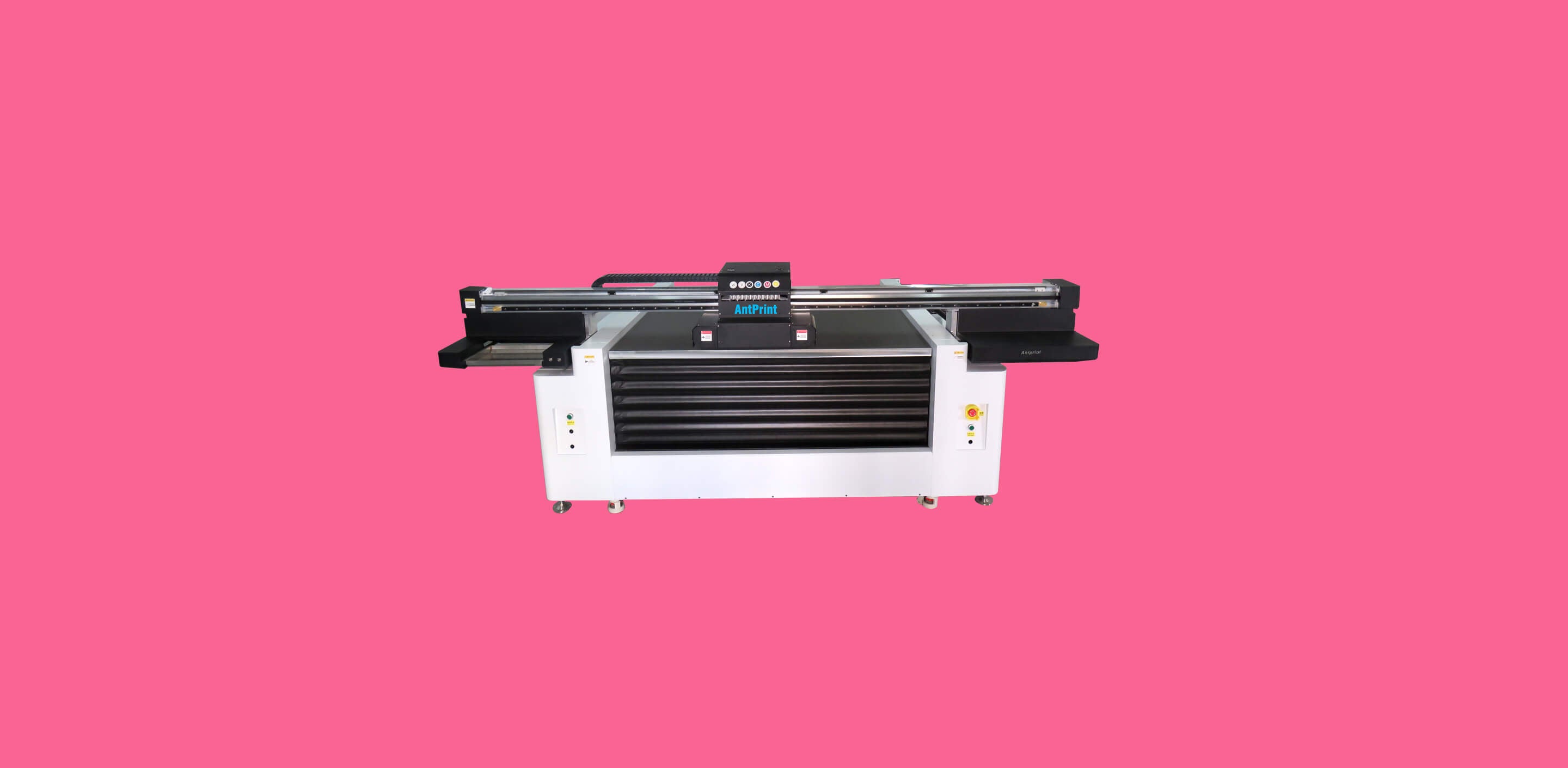
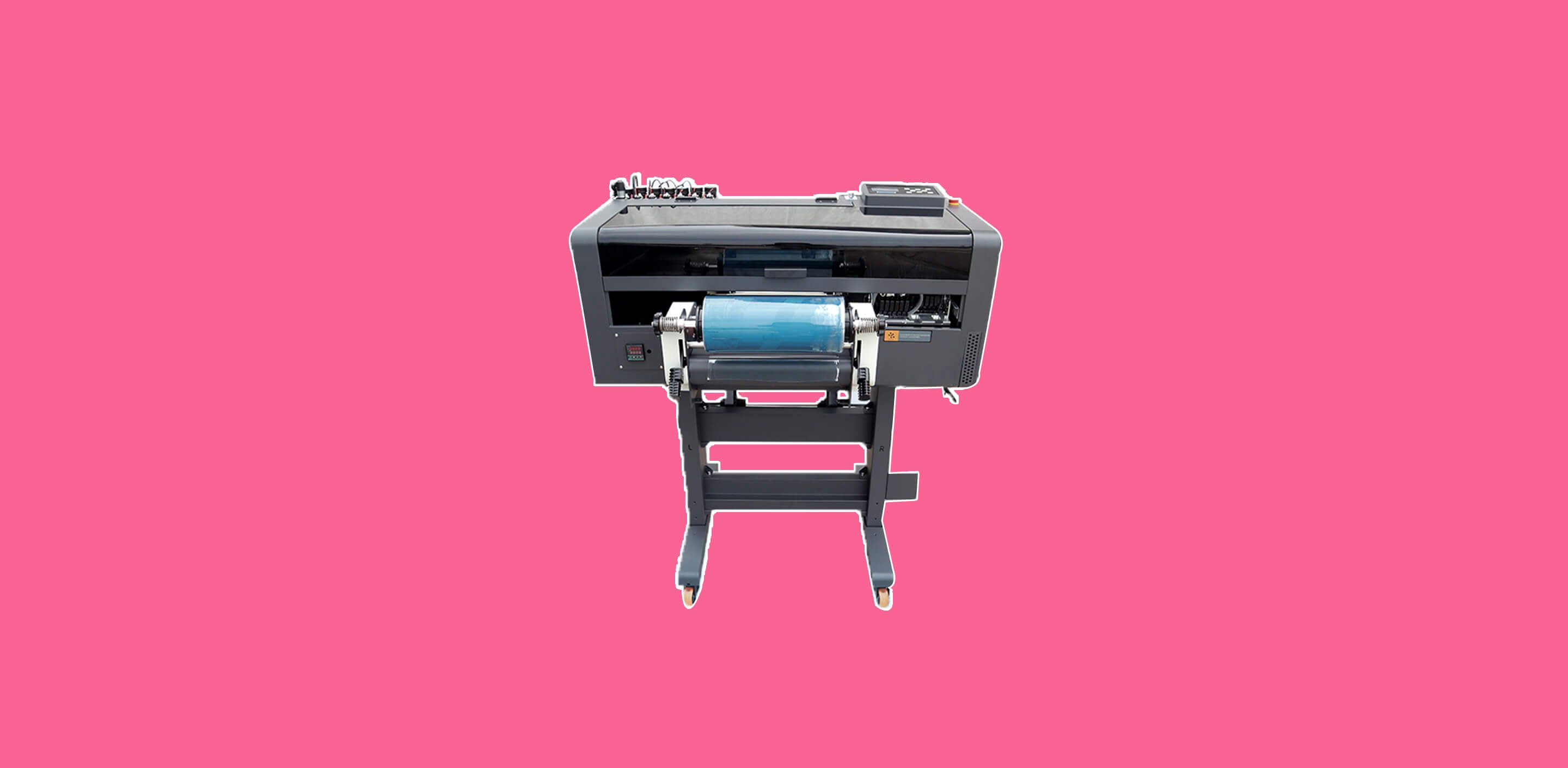

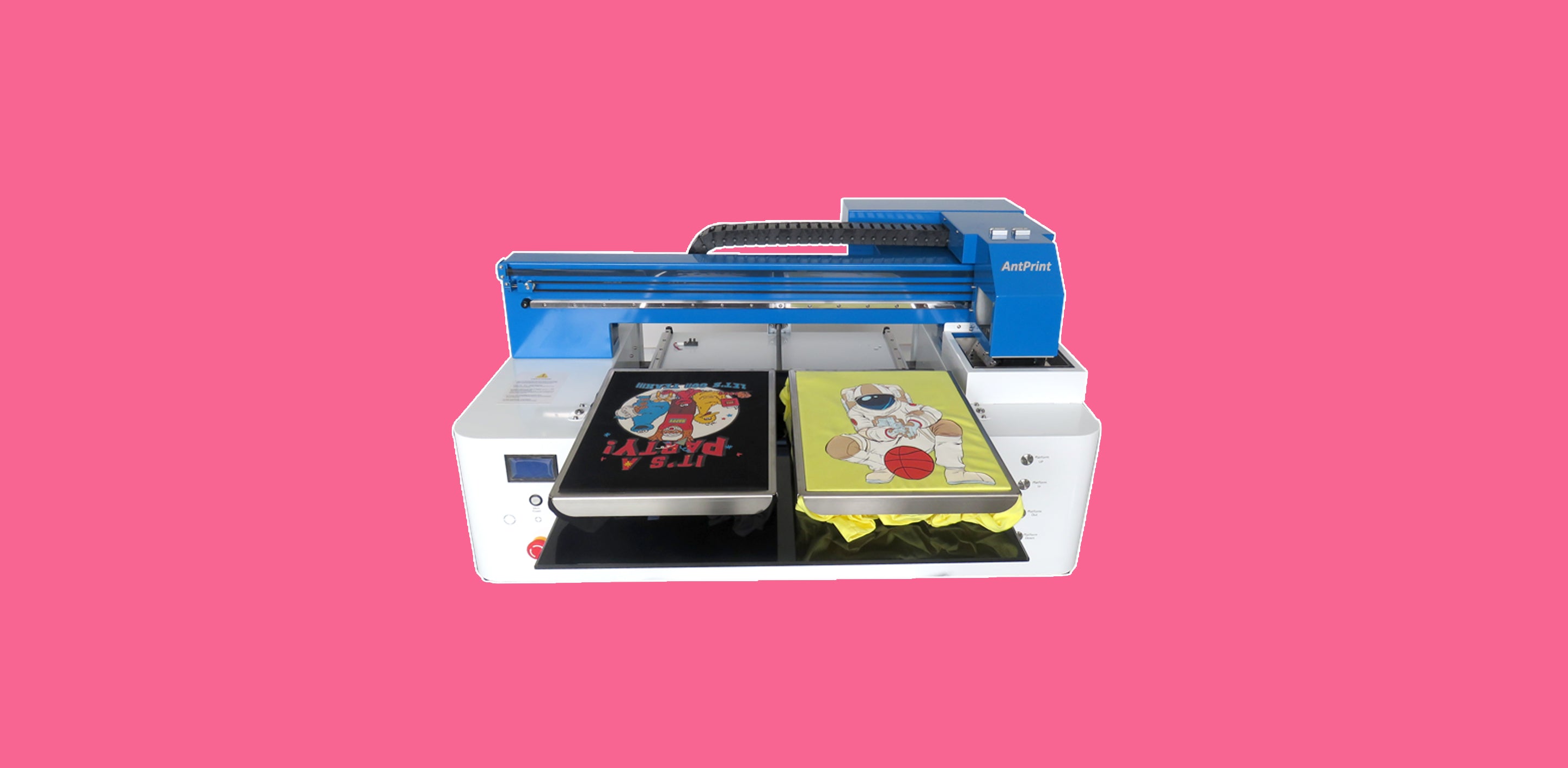
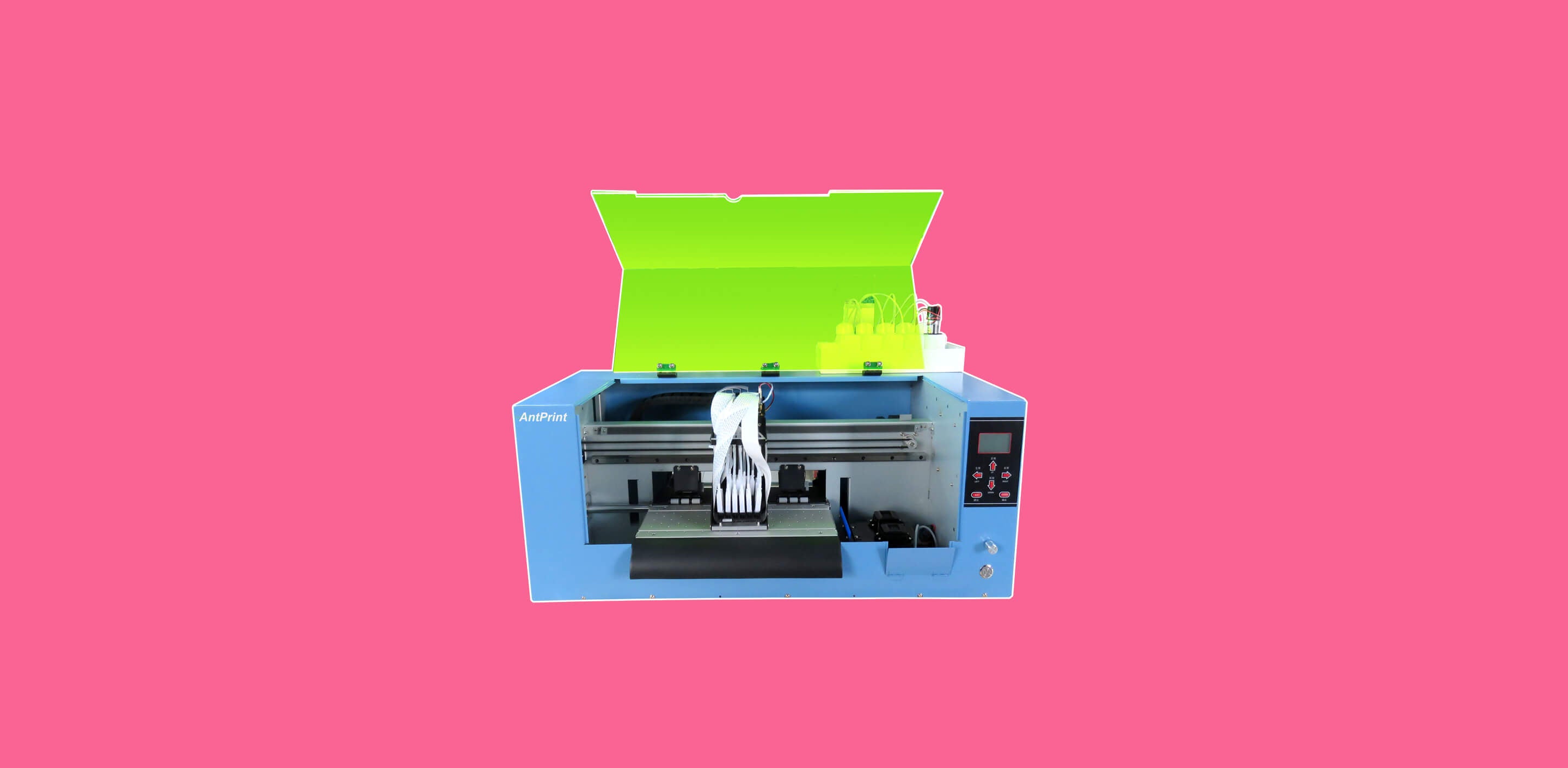

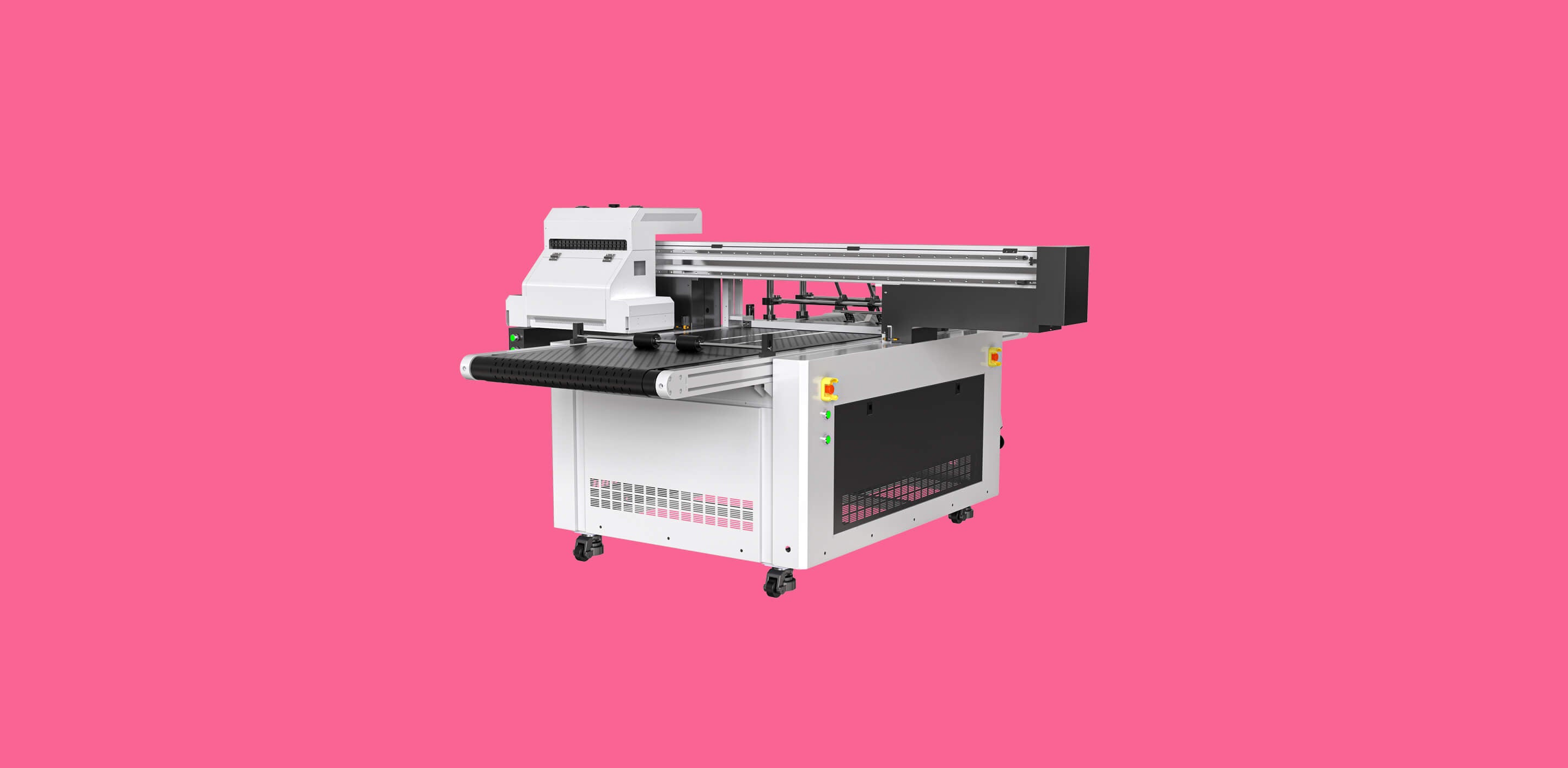

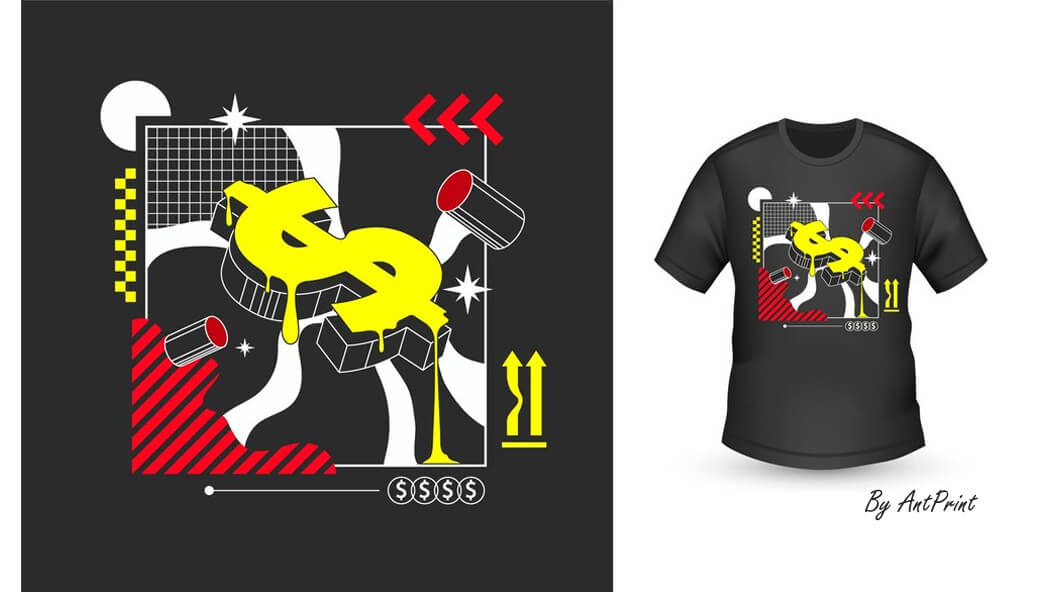

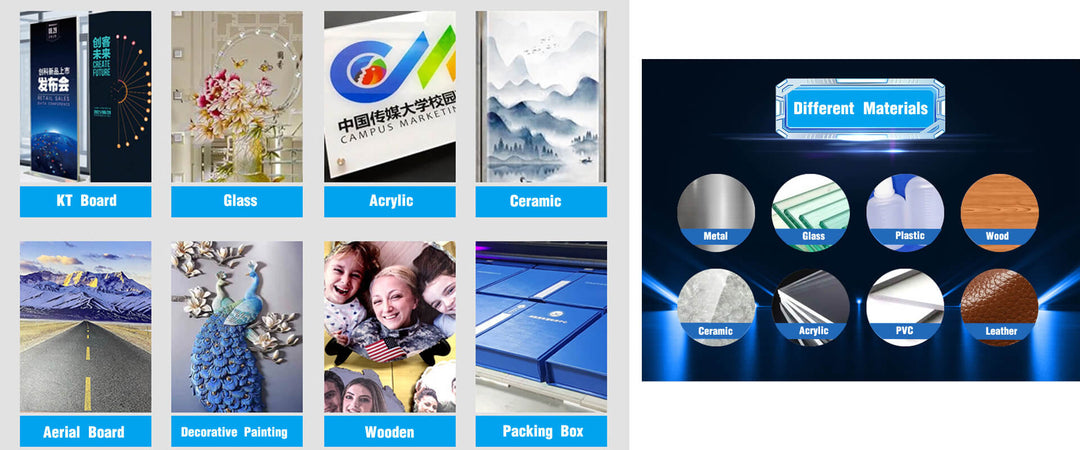
Leave a comment